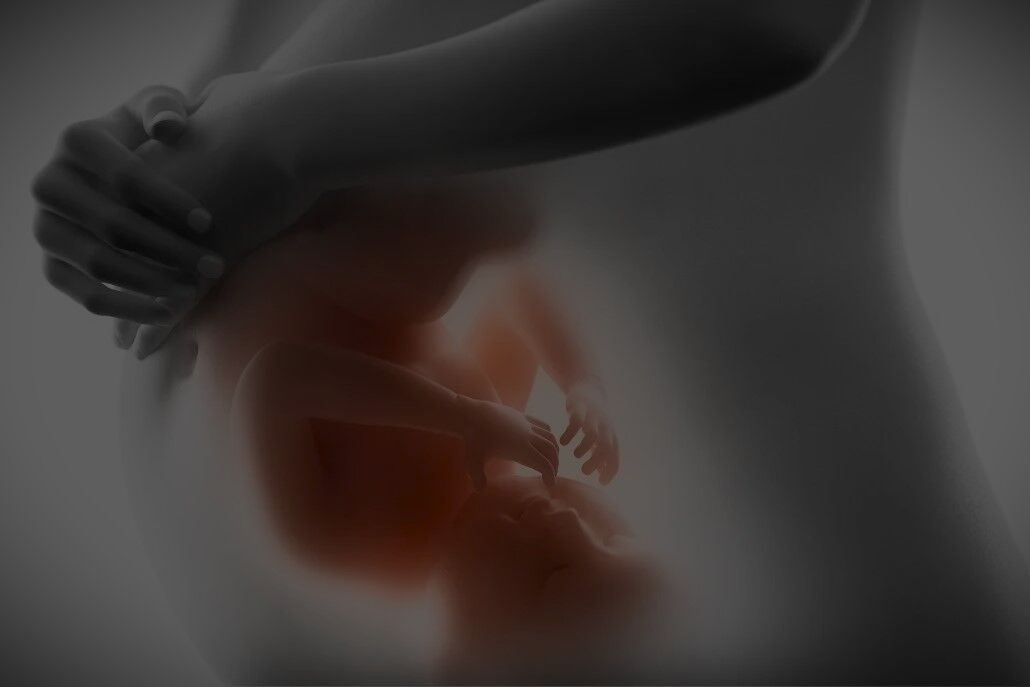Why we are Your Final Stop
Our Fertility Clinic provides the most patient-friendly environment. We know that your journey in search of a child has been strenuous, which is why we make it our core business to ensure you succeed.
You are warmly welcome to our fertility clinic, which is patient-friendly. We are located on the outskirts of town, and our serene offices save you the questioning looks from familiar faces in town.
Our fertility specialists are some of the most gifted, with a good sense of humor that makes your problems appear light. They are available 24/7 to answer your calls and address your concerns. The doctor available has such zealous and passionate devotion to your problems and will ensure no stone is left unturned to ensure a successful program of care for you.
Our IVF and IUI pregnancy rates now stand at an annual rate of about 62.16% and 75%, respectively.
You will find the lowest cost of treatment
Years Of Experienced
Areas of Practice
AMC Fertility Clinic has all modern methods of fertility treatment available which include:
With expectant management, we advise couples to maintain normal and frequent coital activity without treatment. They may add detection of ovulation using commercial ovulation detection kits with timed intercourse. This option is only suitable for young couples (female partner age < 30 years) with a duration of infertility < 2 years, a history of pregnancy in the same relationship, and a diagnosis of unexplained infertility (thorough systematic evaluation of both partners with standard diagnostic tests such as semen analysis, evaluation of the uterine cavity, tubal patency, and ovulation fail to establish a known cause for the infertility).
Natural cycle IUI involves the introduction of washed and concentrated motile sperm into the uterine cavity and near the tubal ostia hours before or after ovulation to enable more sperm to travel a shorter distance to reach the site of fertilization. It requires the use of ovulation detection kits near the estimated time of ovulation or frequent visits to the hospital for tracking the development of the follicles (that contain eggs) with scans and ovulation triggers or semen production. It appears to be a more acceptable option of treatment compared to expectant management for couples with unexplained infertility and mild male factor infertility.
Ovulation induction aims to cause release of eggs by an ovulating women or increase the number of eggs released every month with the assumption that this increases the number of eggs available for fertilization or implantation, and by extension, the chance of pregnancy. It may be combined with IUI, especially in couples with normal sperm count and morphology (structure) but weak motility. Establishment of tubal patency and a normal uterine cavity is a pre-requisite. Ovulation induction can be achieved with oral medications (e.g. clomiphene citrate, tamoxifen, letrozole, and metformin) or by injections (gonadotropins FSH or hMG) This appears to increase the pregnancy rate per month among couples with unexplained infertility and mild male factors, especially when combined with IUI. It is more expensive than expectant management or natural cycle IUI and also requires frequent scans for tracking the development of follicles (that contain eggs) and ovulatory triggers, as well as semen production for insemination. However, many patients with unexplained infertility and mild male factor infertility are happier with this treatment than expectant management or natural cycle IUI because of its modest cost and good results
IVF involves controlled ovarian hyperstimulation (COH) with gonadotropins, oocyte collection, attempts at fertilization in the lab, and the transfer of the resultant embryo into the endometrium. This method eliminates potential causes of infertility such as problems related to ovarian dysfunction, cervical factors, sperm and egg transport, sperm-egg binding, fertilization, and early embryo development, while mostly ultrasound-guided embryo transfer ensures that embryos are properly placed in the uterine cavity. In some cases, failure of fertilization may be overcome with intra-cytoplasmic sperm injection (ICSI). Even when good fertilization and early embryonic development are achieved, clinical pregnancy may not follow as a result of many more unknown causes, such as abnormalities of the chromosome or endometrial receptivity. IVF is more effective than ovulation induction and IUI, especially for couples who have had previous unsuccessful treatments with other methods. The pregnancy rate per cycle in our center is 35–62%. For this reason, it is recommended to proceed with IVF after 3–4 unsuccessful cycles of clomiphene or gonadotropin ovulation induction with IUI. This success rate is dependent on many factors, especially the age of the female partner.
Why Choos Us
Popular Treatment Options
OUR PROGRAMS
Our recommendations for treatment options are based on international best practice. Female partner age, duration of infertility and time to diminished ovarian reserve are very important determining factors.
- Expectant Management
- Natural Cycle Intrauterine Insemination (IUI)
- Ovulation Induction with Intrauterine Insemination (IUI)
- IN – VITRO FERTILIZATION (IVF)
- Embryo Adoption
Meet the Fertility Team
We are the group that is responsible for getting things done.
Years of Experience
Customer Services
Annual pregnancy rate
Sucessful Pregnancies
Client Testimonials
Testimonials from Our Devoted Clients



